Honey
Jan 18, 2012, Updated Jan 02, 2015
This post may contain affiliate links. Please read our disclosure policy.
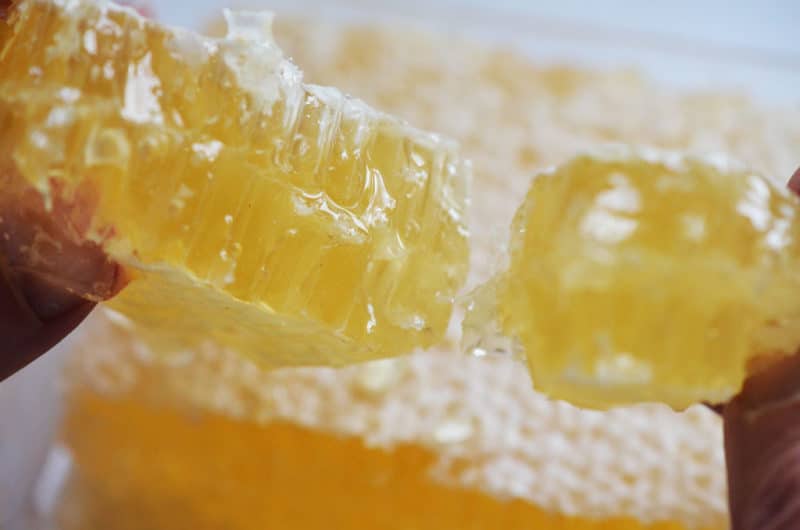
It’s not so much that we use honey all of the time in our Lebanese cuisine. It’s that I have had this friendly feeling for honey that began with my affection for Winnie the Pooh when I was very small, a feeling that has surpassed friendly and become so strong that I can now say it aloud: I’m in love!
Last year, or was it the year before, I read a lengthy, heart-sinking treatise in the New York Times about refined sugar and its adverse effects on the body. A sad and sobering day for someone like me (and you, if I had to guess…). That might have been a turning point in my taste for a natural sweetener like honey.
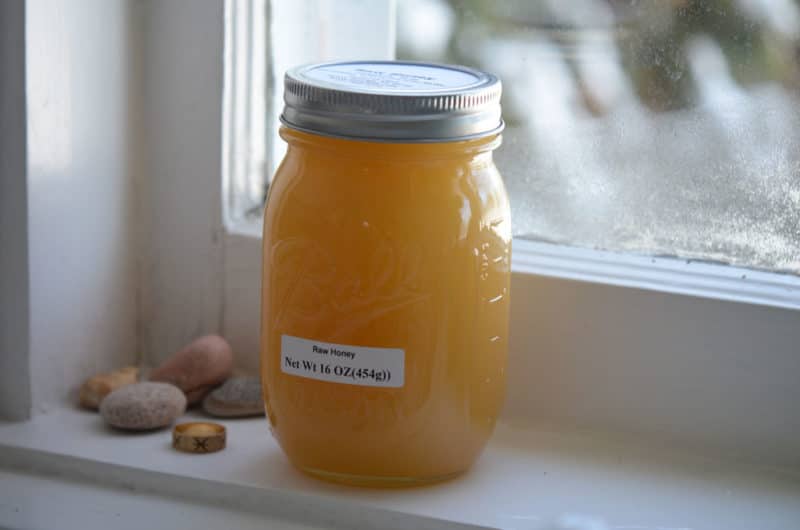
I’ve been buying jars of golden honey for years on my travels and back at home when I lived in Chicago—like the gorgeous honey I procured from the hills of Umbria, Italy, made by this man and his family.
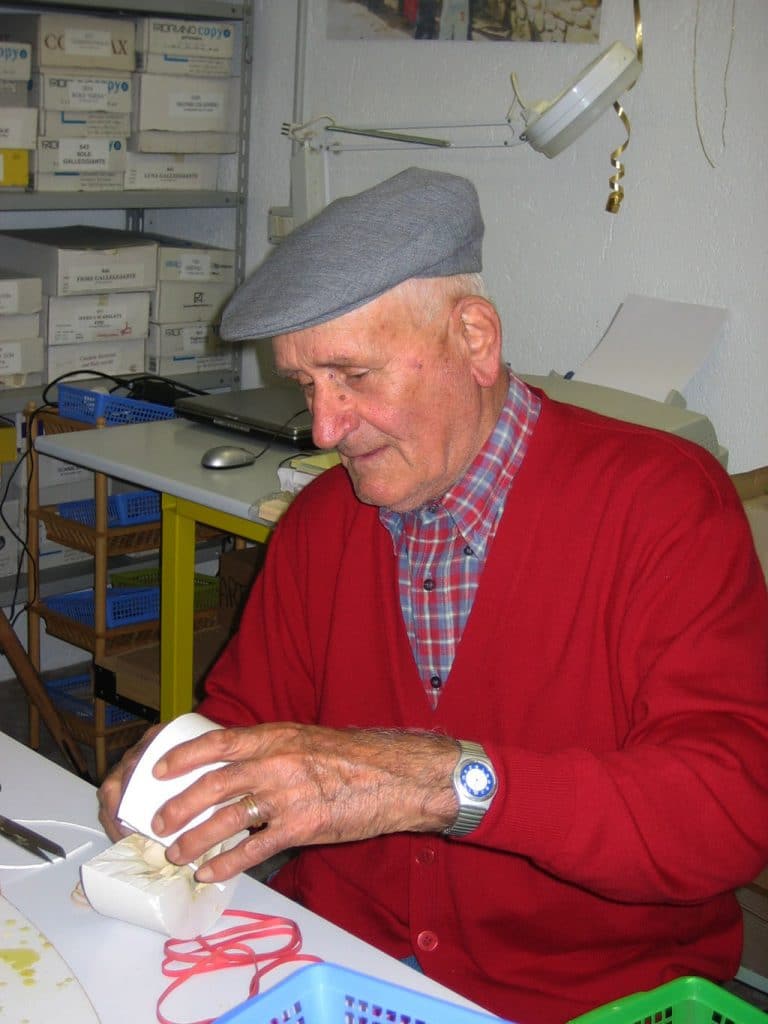
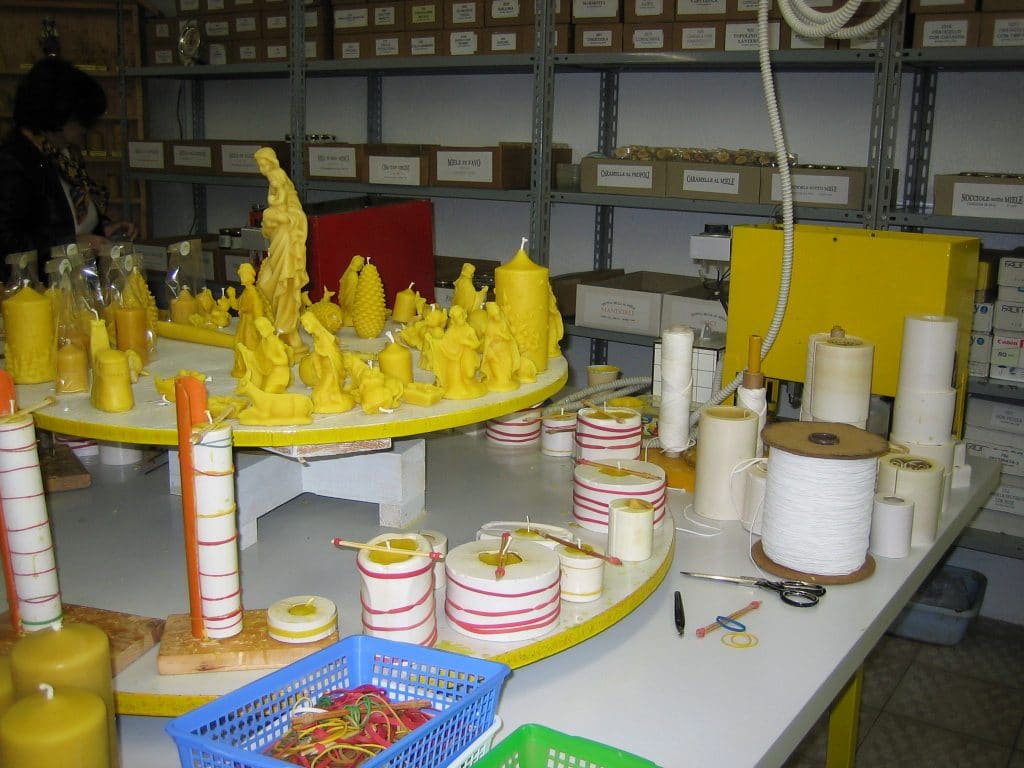
They sculpted every kind of beeswax delight you could imagine, and Grandpa sat there working away as my food-writer friends and I looked on. That was the day I learned that the word “Regina” means “queen,” as in Queen Bee. An oddly late discovery for a Catholic girl of 30-something who’d been singing the Salve Regina her whole life. But then that’s the same girl who thought, for quite some time, that the priest was saying, during the preparation of the gifts at Mass, “cleanse me of my nicotine,” when he was really saying “cleanse me of my iniquity.” I like to think he meant both.
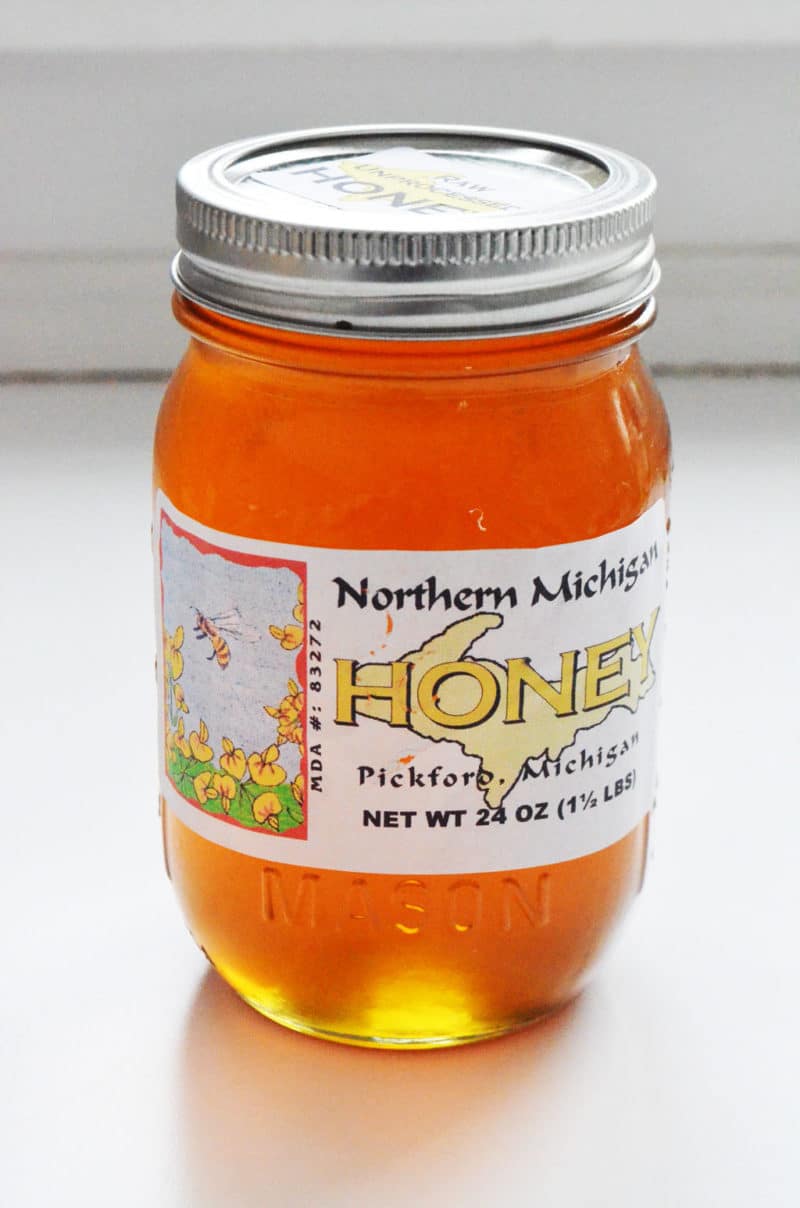
There was also the urban honey that I learned about when I wrote a piece for the Chicago Tribune about the farmers at the Green City Market. I headed straight for the Chicago Honey Co-op stand and discovered that the city grows wildflowers that are the basis of very good and plenty local honey, despite the wipe-out of the bee population over the last few years.
Seems I was more of a honey collector though, than a honey eater. But I thought it was so beautiful I bought it and kept it in my larder anyway.
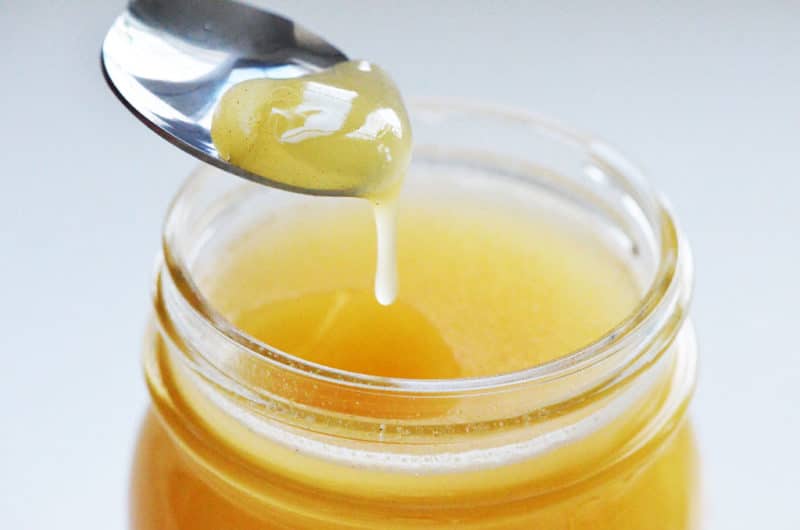
Now honey has become my honey, and I eat some every day—the thick raw, unprocessed honey from Pond Hill Farm in Harbor Springs that spoons up like butter; or the gilded syrupy Northern Michigan honey that pours in a heavy drip; or honey comb, an incredibly satisfying chewy sweet that I’ve recently become devoted to. Honeycomb can be eaten in total, spread on toast for example, or chewed until you’ve had enough, like a piece of gum once the flavor’s done. Honeycomb is one of the seven wonders of the world to me when I think of how organized, how perfect the comb is and in turn how OCD and perfect the bees are, all called from wherever they might be in the wide world of their nectar-gathering back to their Regina.
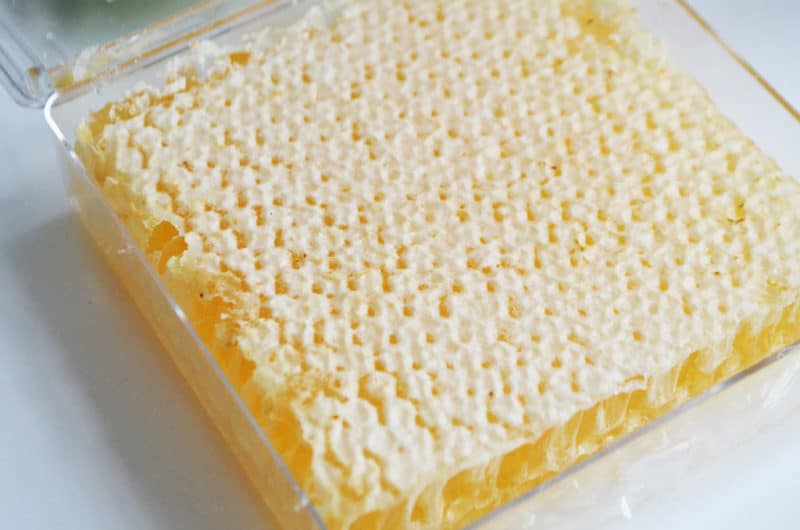
Tomorrow we’ll have a simply delicious, simply pure and fragrant way to get your honey-fix—and a warm up for the winter chill—every day.
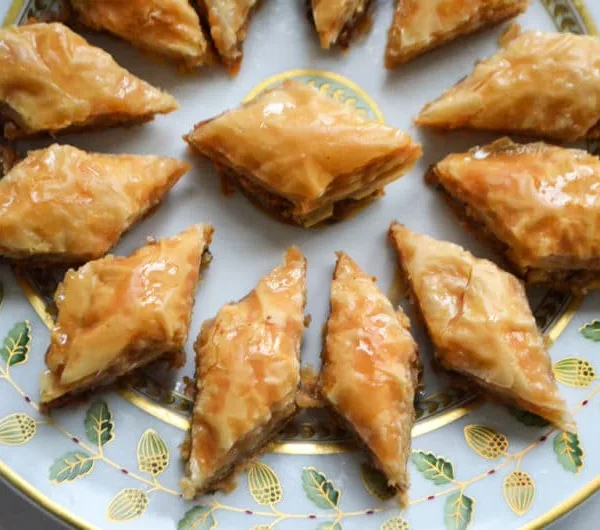

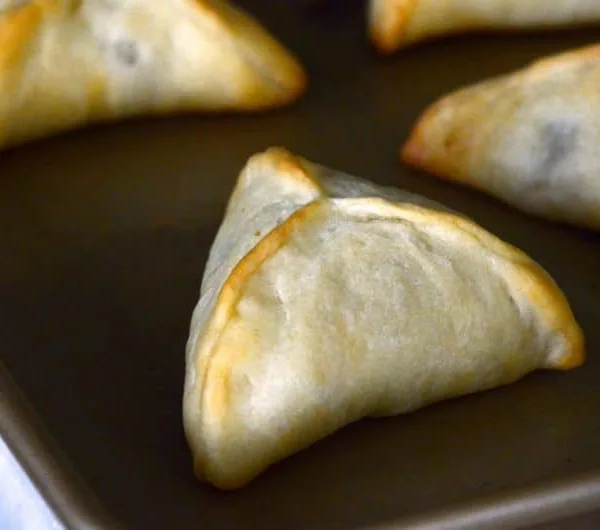
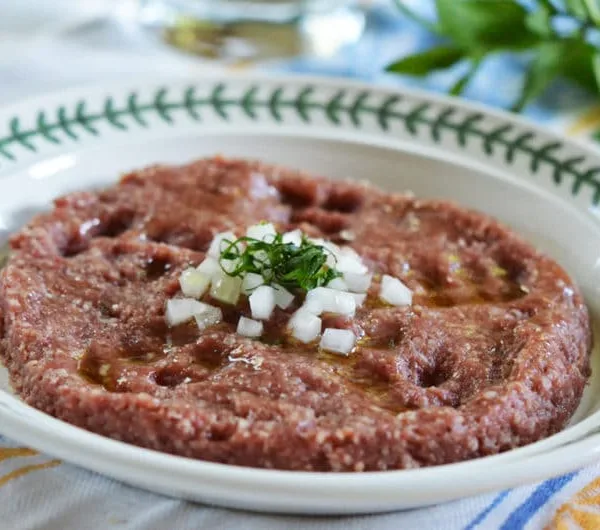







I notice that you say you “collect” honey. It will sugar eventually but don’t throw it out.
Honey doesn’t have an expiration date. It has been found in tombs thousands of years old with no spoilage. It has a natural disinfectant that won’t allow bacteria to grow. If the honey is sugared it can be used in cooking (the texture remains too grainy for sandwich use) by putting it in the microwave on low or in a pot of hot water and will liquify. It will be thicker and will sugar again rapidly but is perfectly good to use.
Honey is graded by color. The lighter the color the better the grade. Although bees love to make honey out of clover and honey made from clover is light colored “Clover Honey” is a color and not that it was necessarily made from clover. The darker colors are actually more nutritious but have stronger flavors which grades them lower for the grocery shopper and so by the government. Large national brands blend various honeys to get a consistent color from year to year. Keeps the average shopper happy but don’t expect that from the local bee keeper with a few hobby colonies.
You say you weigh ingredients. So if a recipe calls for 2 cups understand that honey is heavier than water. Local honey varies a little due to water content but commercially honey weighs 24 oz to the pint where water weighs 16 oz to the pint. Local honey will more likely weigh closer to 26 oz to the pint but be sold in jars developed for commercial purposes so you get a few more oz than the label says but with the same volume.
Roger, that’s such great information, especially about weight of honey. Seems we are more and more inclined to substitute honey or agave for sugar in recipes but have to beware of how to weigh it. And how interesting too that Clover honey isn’t from clover….. Just the other day I had some crystallized honey that I pulled out of the cupboard and a little zap in the microwave made it easy to use again. Love honey’s long-lasting qualities, and who knew THOUSANDS OF YEARS! Thank you Roger!
I worked my way through college working for a beekeeper. Over 900 colonies. It took me a long time to again appreciate the smell which is overwhelming when honey is being pumped into 55 gal barrels. And believe it or not, the stings aren’t so bad after a while unless one gets it on the upper lip. I got so I would work with only the veil and sometimes but not always gloves but without the extra thick clothing. Better to get a few stings than to die of the heat. And robbing the bees is always done on the hottest day available. The bees are more easily driven out of the “supers” (the boxes on top where the honey is stored). The supers weigh 50-75 lbs and they have to be removed as fast as possible. Which of course adds to the heat. They say that a beekeeper never gets arthritis. Don’t know if that is from something in the stings or from all of the honey s/he licks off the fingers.
That is unreal, Roger!!!!!! I can’t imagine it, all of the stings and the gallons and gallons of honey and the whole thing. I’m sure all of the honey did you some good!! Thanks for sharing a great story.
I was planning to research honey especially after reading up on a French campaign for an urban honey. Then I found out that a hotel in downtown Dallas got rid of their pool and replaced it with flowers and beehives. That movement is spreading everywhere/
And what a great movement it is!
YES always local honey–unprocessed, unheated, golden, divine nectar, and thank you OCD honey bees. Maureen, once again, you resonate straight to the depths of my being-from Pooh to the OCD sweet bees!
I bet you’ve got some delicious local honey in New Mexico?!
local honey is great stuff! here’s a link to some interesting details about honey as well as a table sugar vs. honey comparison. https://www.snydershoney.com/facts/ 🙂
Great honey link Andrea, thank you!
“Cleanse me of my nicotine”… I just laughed out loud…too funny, Maureen!
Insane, just insane!!
Maureen ,
Honey ! LOL
I developed my affection early on in my life as well , Mom used to put it in her tea and use it in bread making and pastries. Then Mom got a strange idea that if she mixed my medicine in with the honey I would take it with no problems. WRONG ! I would develop a distaste for this delicious honey and even though WInnie the pooh coveted his , I abhorred mine.
About 9 years ago , when Lela (the Greek) took me under her wing ,she taught me how to love honey again, it was like a switch was flipped. Soon I was using raw honey ( yes there is a HUGE difference) in everything. When I started my skincare business HONEY was at the heart of it , and still is.
I look forward to your recipes, incorporating honey.
Much Love ,
Lucy
How wonderful about your skincare business with honey as its basis! And what a pity you had to associate honey with medicine from so early on……
xo Lucy honey!
My brother gave me a bottle of special vinegar, says to take a bit every day.
Honey has been around and recommended for a long time.
Recently hydrogen peroxide has been indicated as a health remedy.
My wife mentioned kerosine for I forget what!
Be careful of what you wish for! 🙂
Home remedies can be liberating or…horrifying!! Thanks Jerry!